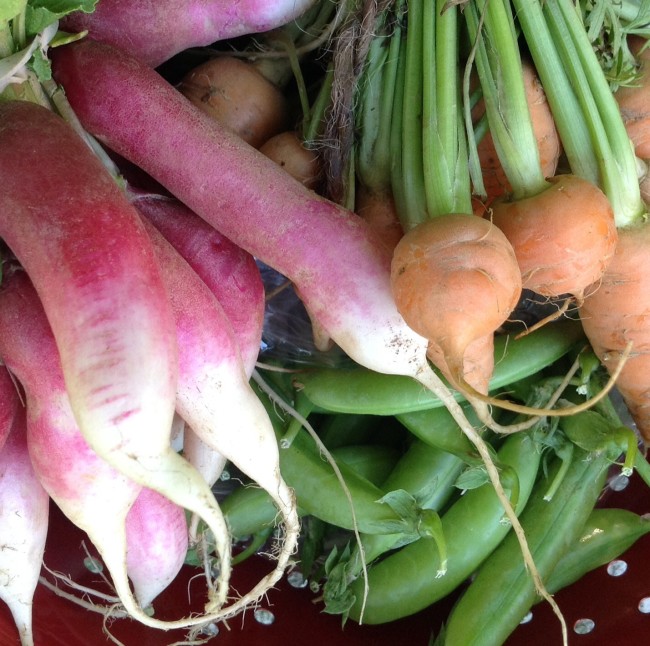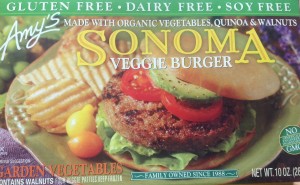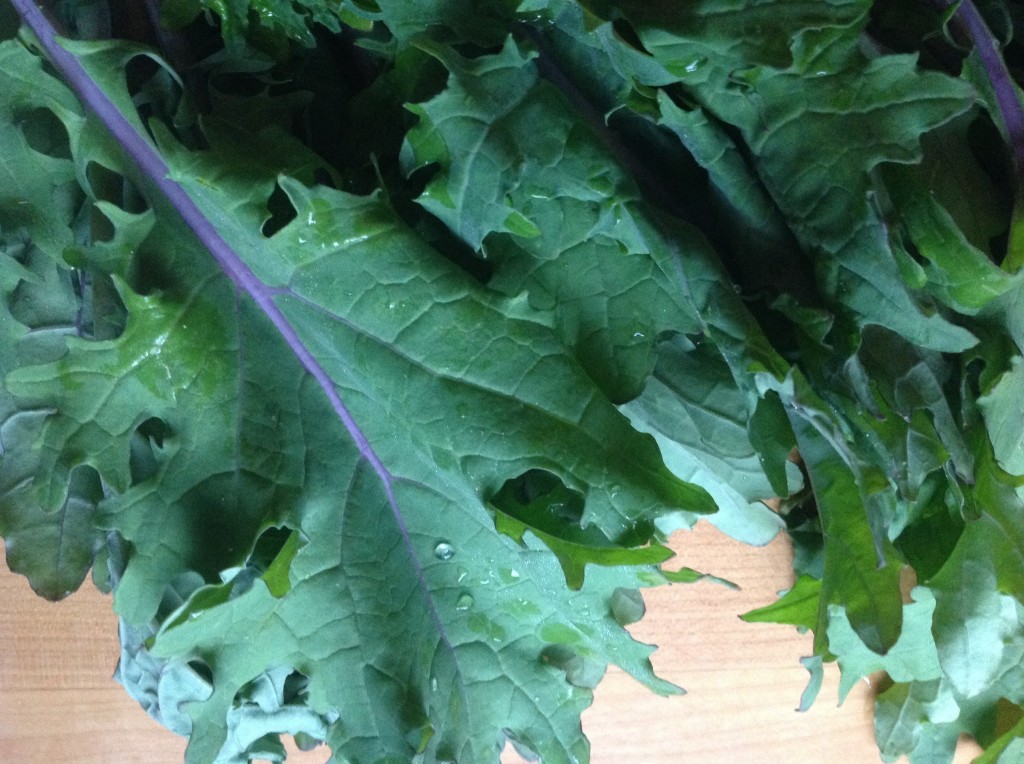Wouldn’t you call that a pretty good selection? Those shrimp on the left are wild caught as opposed to farmed and I think they come from North Carolina. Those little shellfish on the right are Little Neck Clams dug up from the Great South Bay of Long Island. I forgot to ask where the sea scallops came from, but they are “dry” and that means no one has dipped them in a solution of sodium tripolyphosphate to extend shelf life and increase weight.
What you are looking at in my photo is the protein I served for supper last Wednesday. I put together a seafood medley of steamed clams plus scallops and shrimp poached in garlic, white vermouth, and olive oil served over linguine. Absolutely delicious. Putting everything together is a challenge, but with practice I have gotten much faster at it. The really hard work is finding good fresh fish.
My first experience shopping for fish from the local market was in Garches, a suburb outside of Paris. That was the first time I realized that scallops live in shells at the bottom of the sea or bay where they grow. Each one of those scallops you see up there actually comes attached to a set of larger shells. The scallop is the muscle that holds the two shells together. I acquired quite a lot of shells that year. The men did the fishing, wives and daughters did the selling, and my French was good enough to establish myself as a serious customer. I learned how fresh fish smells and tastes. And what it looks like. And I experienced firsthand the value of relationship building.
It’s been a couple of years now that I have been cultivating my relationship with a fishmonger at the Long Beach Greenmarket and that is where I picked up my shrimp, scallops, and clams. He does a lot of his own fishing and reassured me he dug the clams himself. He makes fun of my curiosity but I know he appreciates my business and when all is said and done he answers my questions. More important, over the last couple of years that I have been cultivating the relationship, he has never sold me a bad piece of fish.
Trust is not something you can build with just any old person or any old supplier. Building a good relationship usually happens on a personal level, though a store like Whole Foods has built their business model cultivating trust on the corporate level.
Building trust is important with any person you buy from, but to my way of looking at the world it is especially important to establish trust with the person who sells you fish because there are so many issues out there. Mislabeling. Adulteration. Sustainability. Toxicity. And exactly how long ago was that fish was caught and exactly how has it been handled. I can count on one hand the places I have enough faith in to feel comfortable buying or eating fish.
So when I cook at home during the summer market season, Wednesday is fish day, Casey is my man, and the greenmarket in Long Beach is where I go for fish.





